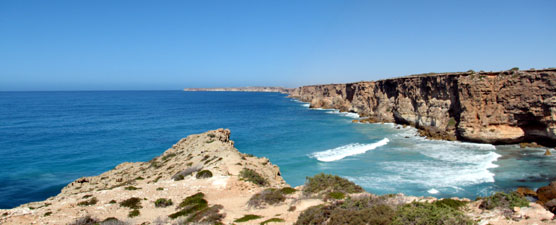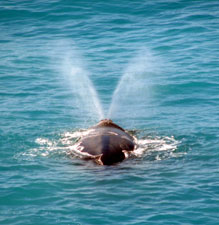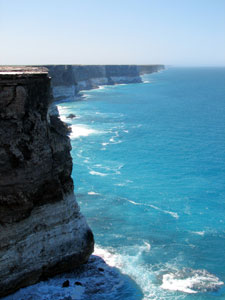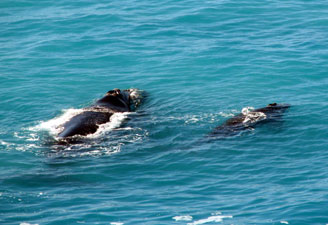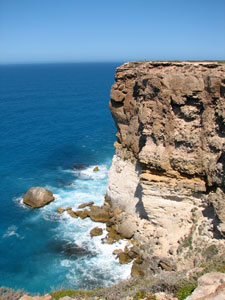Continuing on, we crossed the border into Western Australia, passed through the area of "Cocklebiddy time", an unofficial time zone used only by a few hundred locals and the tourists who pass by this isolated part of the country, and on to the "Roadkill Highway". This is a 146km dead-straight section of road where breakfast clubs of fat black ravens dine each morning on the fresh carcasses of kangaroos and wallabies, flattened by road trains that pass in the night. Finally the trees returned and gradually a greeness began to reappear in the landscape - we had finally reached Perth. It was a chance to recover from the long drive and spend a couple of days with Pete, a "long-lost" cousin and childhood mate, whom I had only seen once in the past 35 years. It was as if time had not intervened - thanks Pete and Mary for a great couple of days.
So, even before taking a single serious walking step, we had had a fascinating and memorable week. Nonetheless, we are here to walk and the sense of anticipation of another long trek is beginning to build up - it is time to be on our way.

